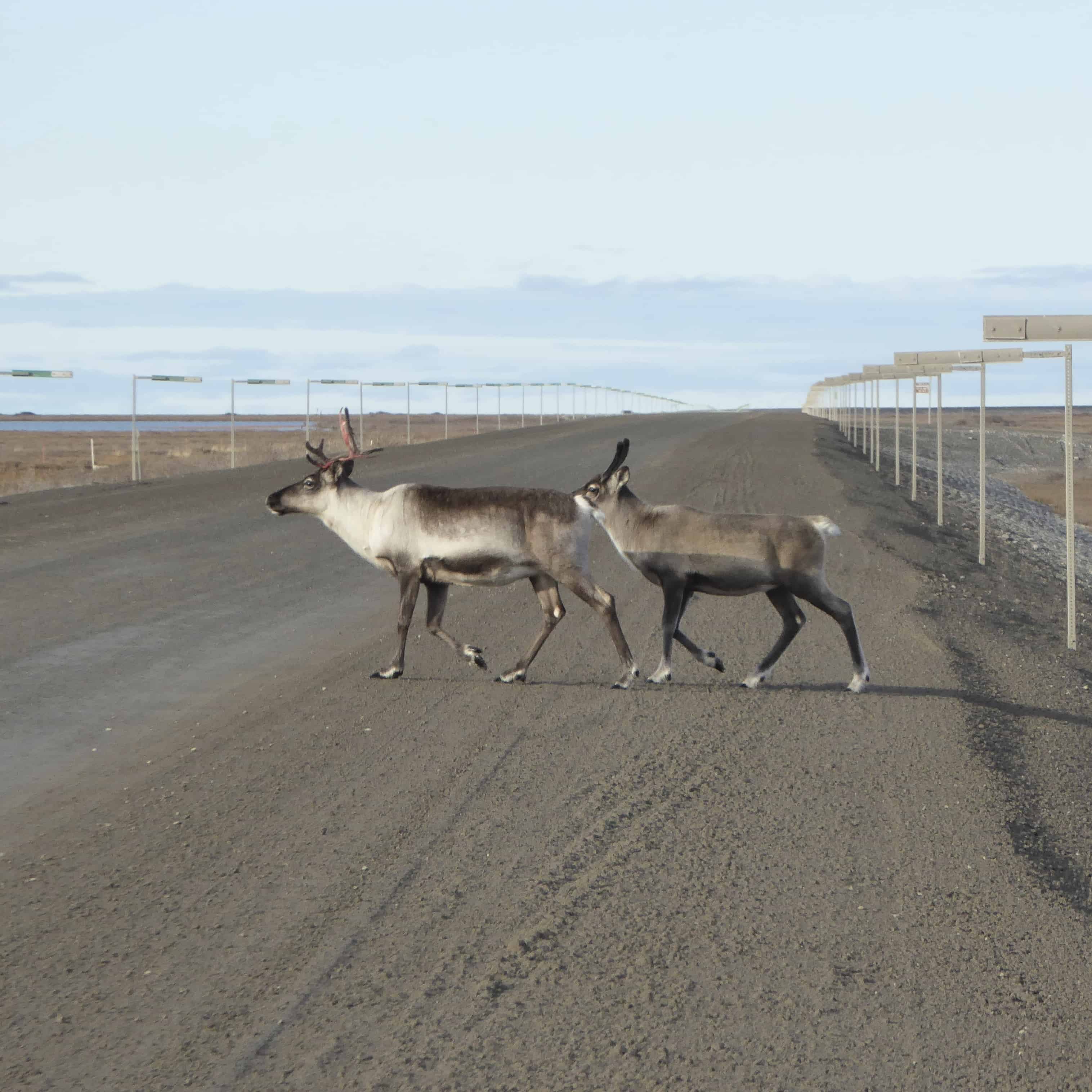Caribou are common in Alaska with their numbers in the hundreds of thousands. This makes seeing them probably not a big deal for native Alaskans. For visitors like me, who want to see wildlife, it is always thrilling to see a wild animal in the wild. These photos were taken off the Dalton Highway past Atigun Pass on the tundra of the north slope. The animals in the photos are most likely from the Central Arctic Herd.
General Caribou Facts
Males or bulls average 350-400 pounds and mature females average 175-225 pounds. Both males and females have horns. Females usually produce one calf per season. In Alaska, calving occurs in June in the northern & southwestern herds. Interior herds calve in May. Herds typically calve in a short period of time. As a result, predators fill up and don't eat as many of the calves.
Large Animal Migration
Caribou herds are one of the remaining large-animal migrations. They travel north during the summer to feed on the abundant plants and grasses of the tundra. In the winter, they find more sheltered areas where they feed on lichens. After the main migrations, they congregate in smaller groups within the area.
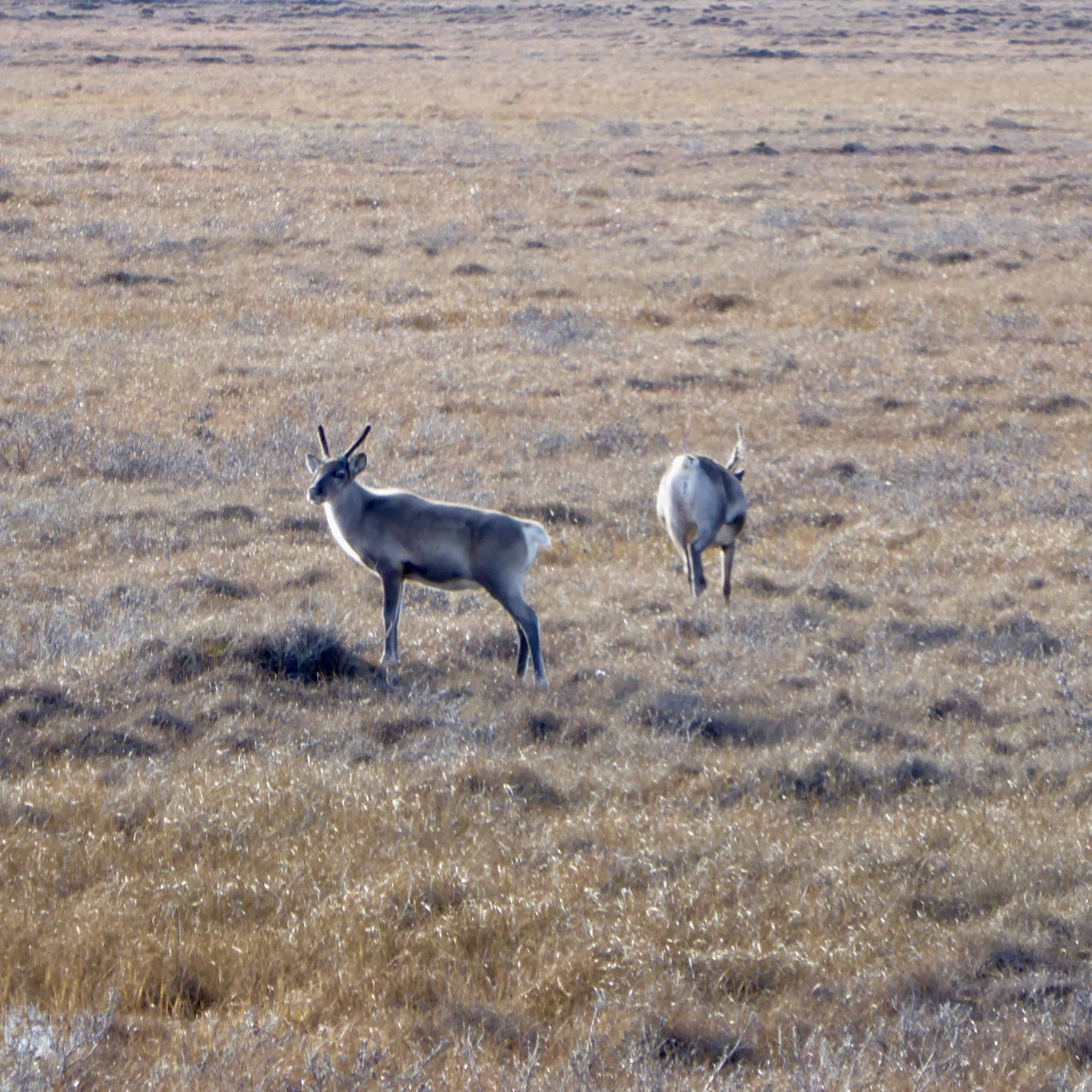
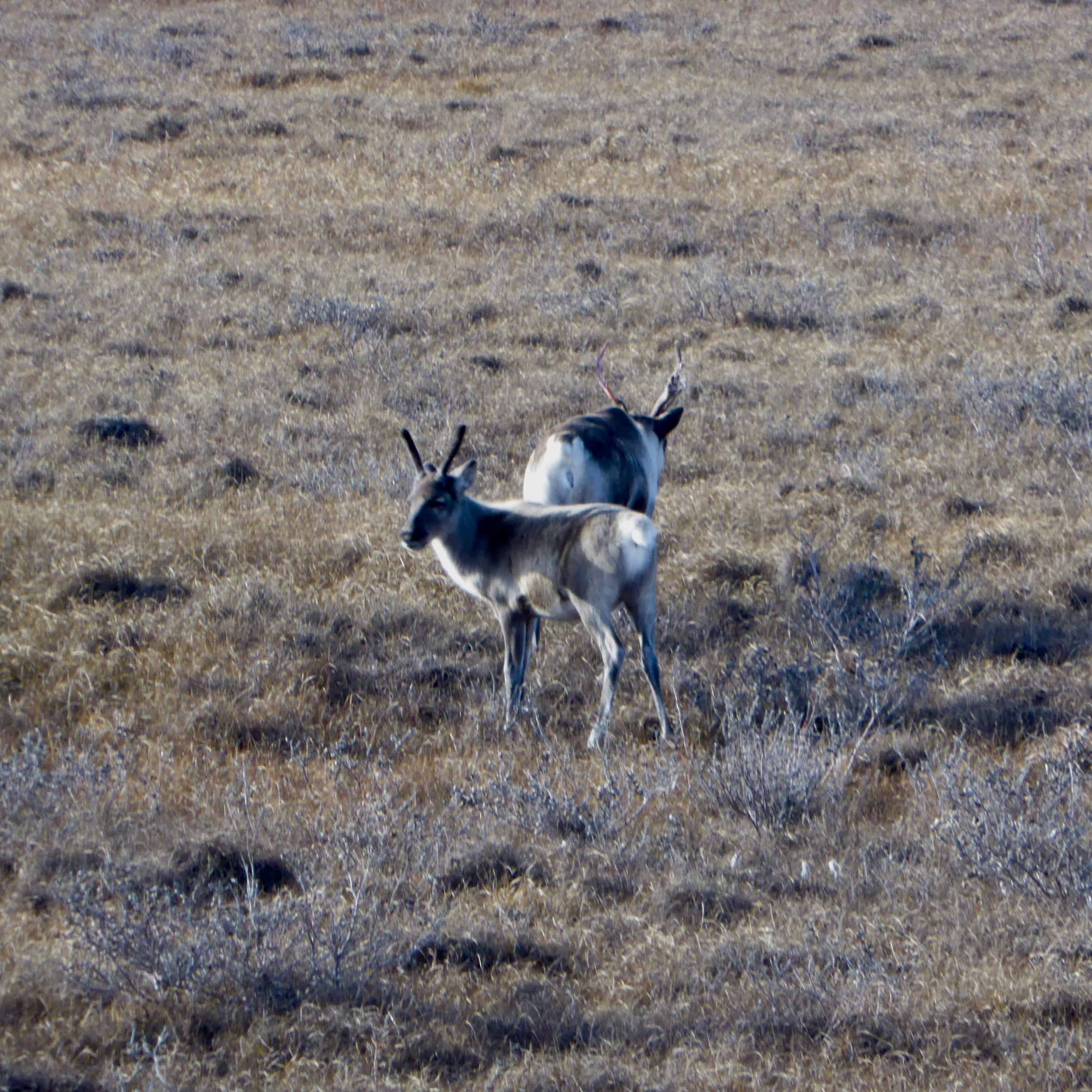
Caribou Cold Weather Adaptations
Multilayered thick coats provide warmth. Long, stiff, hollow guard hairs trap warm air and a wooly undercoat is next to the skin.
Nasorubinal bone in the nose is filled with blood vessels that warm air before it enters the lungs.
Versatile 4 toed hooves change with the climate. In the summer to provide traction they expand and are spongy. In the winter, the pads shrink exposing the sharp rim of the hooves to cut through the snow.
When walking, they make a clicking sound as the tendons slip over the sesamoid bones in their feet.
Alaska Herds
There are 32 caribou herds in Alaska
Depending on what source, there are about 750,000 caribou in Alaska
Each herd has its own calving area, but they may intermingle at other times.
Predation by wolves and grizzly bears, disease, herd densities, and weather are the biggest threats to population sizes.
For detailed interesting information about Alaska caribou herds, migration, and numbers, check out Caribou Trails. It is an excellent resource.
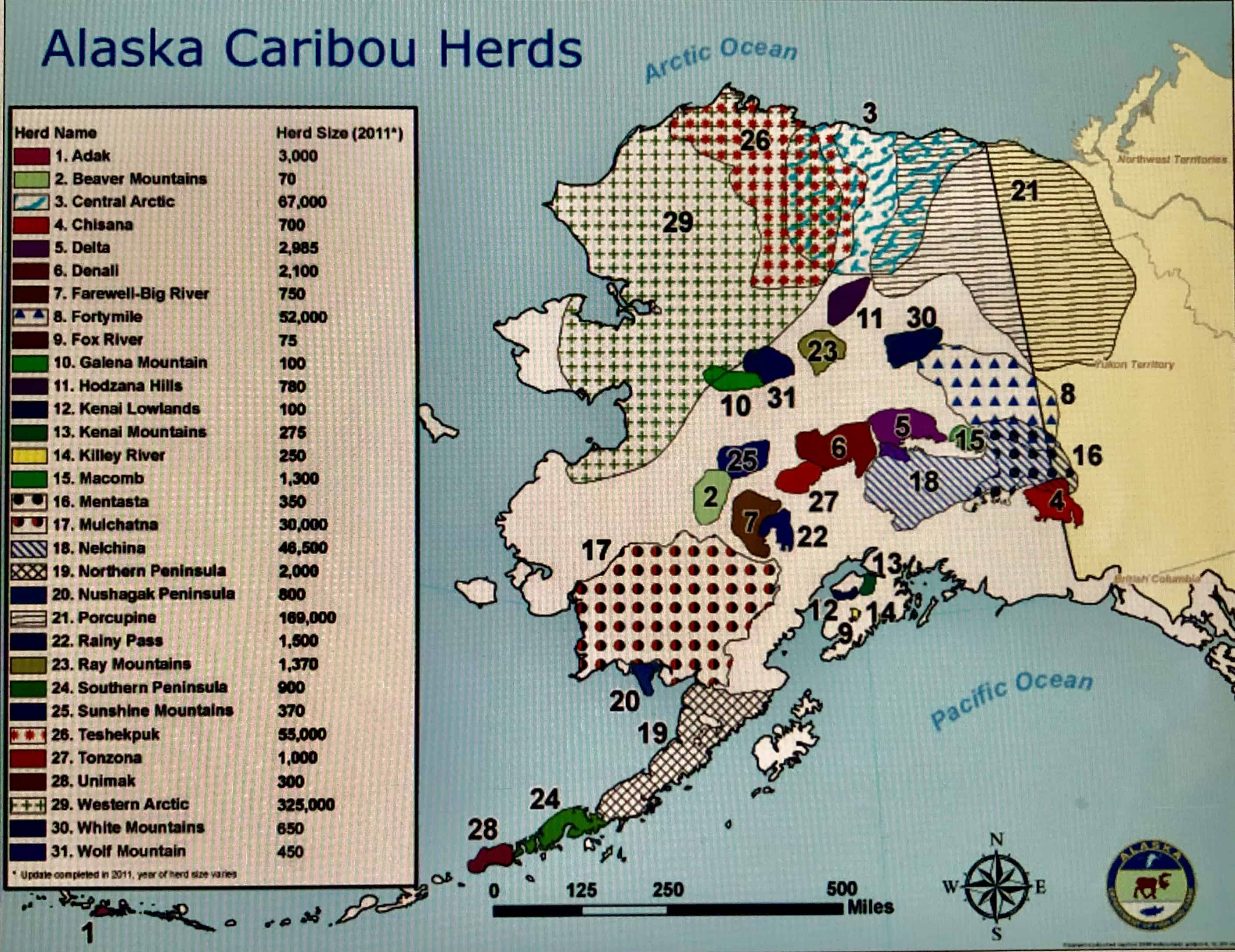
Caribou Population Numbers
Unfortunately for Caribou their conservation status was changed from “Least Concern’ to ‘Vulnerable’ in 2016. Over the last 2 decades caribou have not fared well. As of 2018 US caribou numbers declined by over 57%. Worldwide caribou numbers are also declining. This is well above typical population changes. Scientist theorize that it could be the result of a variety of environmental interconnected challenges.
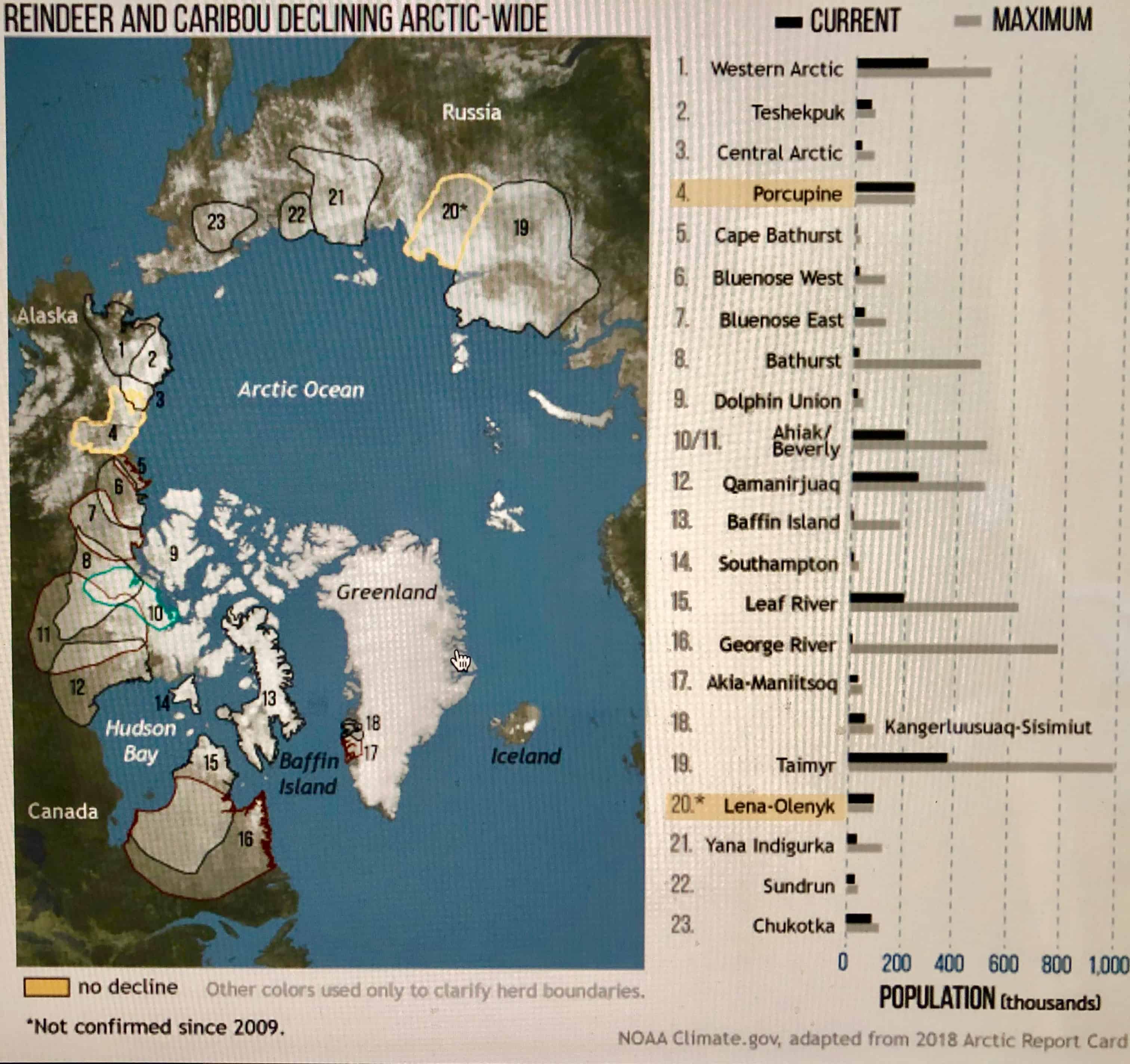
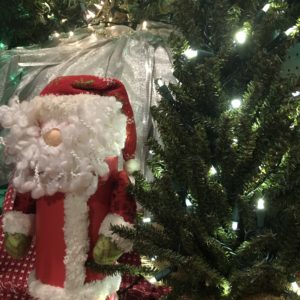
Are Caribou Reindeer?
That depends on what source you choose to believe. One said that reindeer are domesticated caribou, and that any domesticated caribou is a reindeer. Another source stated that the reindeer originated from caribou native to northern Europe and Asia. All sources agree that domesticated reindeer are slightly stockier than the wild version. That is probably because they no longer have to migrate long distances. Reindeer herds are managed and can be by people. Several reindeer herds are in and around Nome Alaska.
References - Learn More
